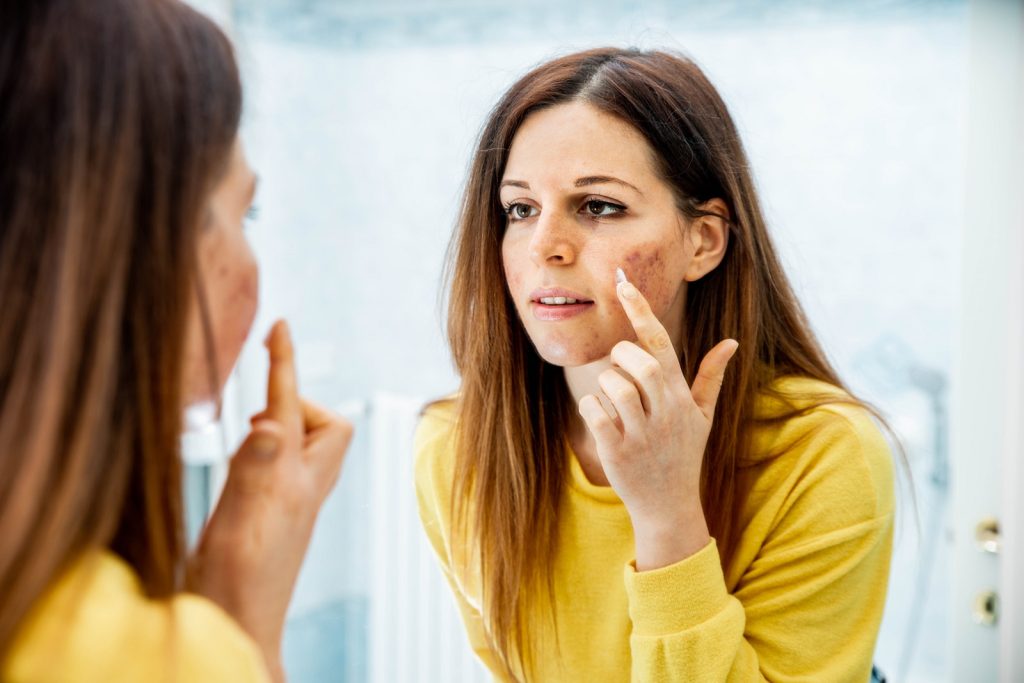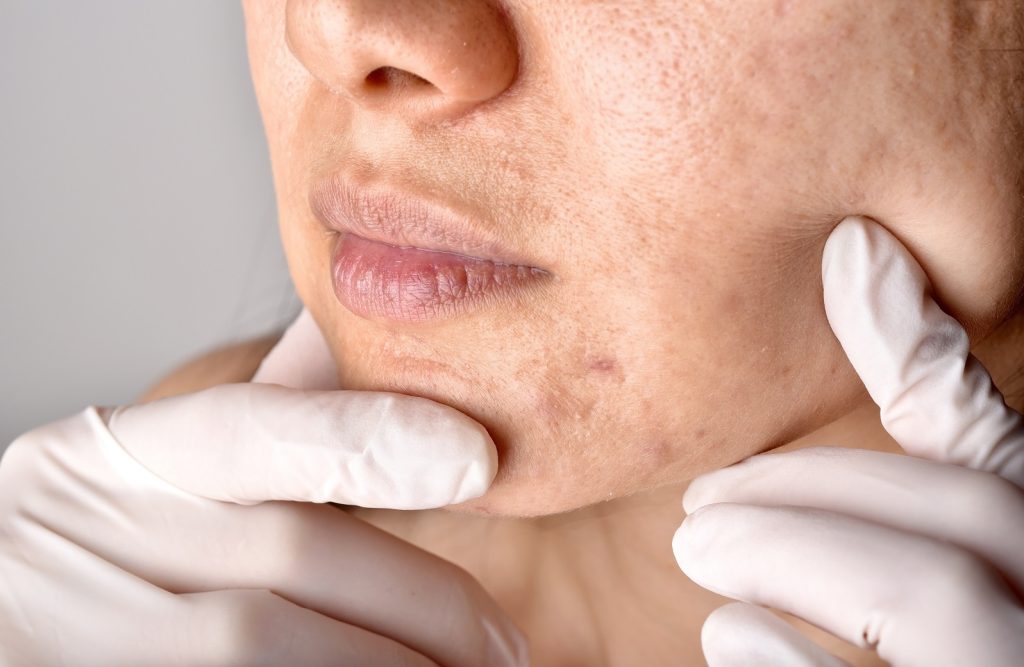Best Scars Treatment in Lahore
Scars are a natural part of the healing process, but they can be a source of frustration and insecurity for many people. Whether you’re dealing with acne scars, surgical scars, or other types of scars, there are effective treatment options available that can help diminish their appearance and leave your skin looking smooth and even.
We’ll explore some of the most popular and effective treatments for scars, so you can say goodbye to those pesky reminders of the past and hello to beautiful, flawless skin.

Understanding the different types of scars
Scars come in different shapes and sizes, and they can be caused by a variety of factors such as acne, surgery, burns, and injuries. Understanding the type of scar you have is essential to determine the best course of treatment. Here are the most common types of scars:
Keloid scars
Keloid scars are an overgrowth of scar tissue that extends beyond the original wound area. They are more common in people with darker skin tones and can be raised, itchy, and painful. Keloid scars can be caused by surgery, burns, acne, or injury.
Hypertrophic scars
Hypertrophic scars are similar to keloid scars, but they don’t extend beyond the original wound area. They are raised and red and can be itchy and painful. Hypertrophic scars can be caused by surgery, burns, or injury.
Atrophic scars
Atrophic scars are sunken scars that occur when the skin doesn’t produce enough collagen during the healing process. They can be caused by acne, chickenpox, or injury.
Contracture scars
Contracture scars are caused by burns and can cause tightness and restriction of movement. They can also affect underlying muscles and nerves.
Now that we’ve covered the different types of scars let’s explore the various treatment options available.
Topical treatments for scars – creams, gels, and silicone sheets
Topical treatments are the most common way to treat scars. They work by moisturizing the skin, reducing inflammation, and improving the texture and appearance of scars. Here are some of the most popular topical treatments for scars:
Silicone Sheets
Silicone sheets are a popular scar treatment option that works by hydrating the skin, reducing inflammation, and improving the overall appearance of scars. They can be used on any type of scar, and they are especially effective on hypertrophic and keloid scars. Silicone sheets should be worn for at least 12 hours a day for several weeks to see results.
Scar Creams
Scar creams are another popular treatment option for scars. They contain ingredients like vitamin E, aloe vera, and onion extract that work to reduce inflammation and improve the appearance of scars. Scar creams should be applied to the affected area twice a day for several weeks to see results.
Scar Gels
Scar gels are similar to scar creams but have a different texture. They are more lightweight and absorb into the skin faster than creams. Scar gels can be used on any type of scar and should be applied twice a day for several weeks to see results.
Vitamin E
Vitamin E is an antioxidant that is commonly found in scar creams and gels. It works by reducing inflammation and improving the texture and appearance of scars. Vitamin E should be applied to the affected area twice a day for several weeks to see results.
Topical treatments are effective for reducing the appearance of scars, but they may not work for everyone. If you’re not seeing results with topical treatments, you may want to consider laser therapy.

Laser therapy is a non-invasive treatment option that uses a laser to target the scar tissue. The laser works by breaking down the scar tissue, which stimulates the production of collagen, a protein that is essential for healthy skin. Here are the most common types of laser therapy for scars:
Fractional laser therapy
Fractional laser therapy targets the scar tissue with tiny laser beams, which create micro-injuries in the skin. This stimulates the production of collagen, which helps to improve the texture and appearance of scars. Fractional laser therapy is effective for treating acne scars, surgical scars, and stretch marks.
Pulsed dye laser therapy
Pulsed dye laser therapy works by targeting the blood vessels in the scar tissue. The laser heats up the blood vessels, which causes them to collapse, reducing the appearance of the scar. Pulsed dye laser therapy is effective for treating hypertrophic and keloid scars.
CO2 laser therapy
CO2 laser therapy is a more aggressive type of laser therapy that targets the scar tissue with high-energy beams of light. This vaporizes the scar tissue, which stimulates the production of collagen and improves the texture and appearance of scars. CO2 laser therapy is effective for treating severe acne scars and surgical scars.
Laser therapy is an effective treatment option for reducing the appearance of scars, but it can be expensive and may require multiple treatments to see results. If you’re looking for a less invasive option, microdermabrasion and chemical peels may be a good option.
Injectable treatments for scars – fillers and steroids
Injectable treatments are a non-invasive way to treat scars. They work by injecting a substance into the scar tissue that helps to improve the texture and appearance of scars. Here are the most common types of injectable treatments for scars:
Fillers
Fillers are a type of injectable treatment that works by filling in the depressions caused by scars. They can be made from a variety of materials, including hyaluronic acid and collagen. Fillers can be used to treat atrophic scars caused by acne, chickenpox, or injury.
Steroids
Steroids are a type of injectable treatment that works by reducing inflammation in the scar tissue. They can be used to treat hypertrophic and keloid scars. Steroids should be injected directly into the scar tissue and may require multiple treatments to see results.
Injectable treatments are a less invasive way to treat scars, but they may not work for everyone. If you’re looking for a more aggressive treatment option, surgical scar removal may be a good option.
Choosing the Right Treatment Option
Choosing the right treatment option for your scar will depend on several factors, including the type and severity of the scar, your skin type, and your overall health. Your dermatologist can help you determine the best treatment option for your specific needs and can provide you with aftercare instructions to ensure optimal results.
Scars can be a frustrating and unsightly reminder of past injuries or surgeries, but there are effective treatment options available that can help diminish their appearance and leave your skin looking smooth and even. From topical creams to laser treatments, there are a variety of options to choose from depending on the severity and type of scar. By choosing the right treatment option and following your dermatologist’s aftercare instructions, you can say goodbye to those pesky reminders of the past and hello to beautiful, flawless skin.